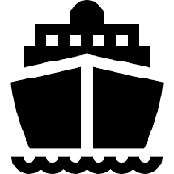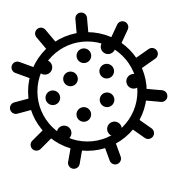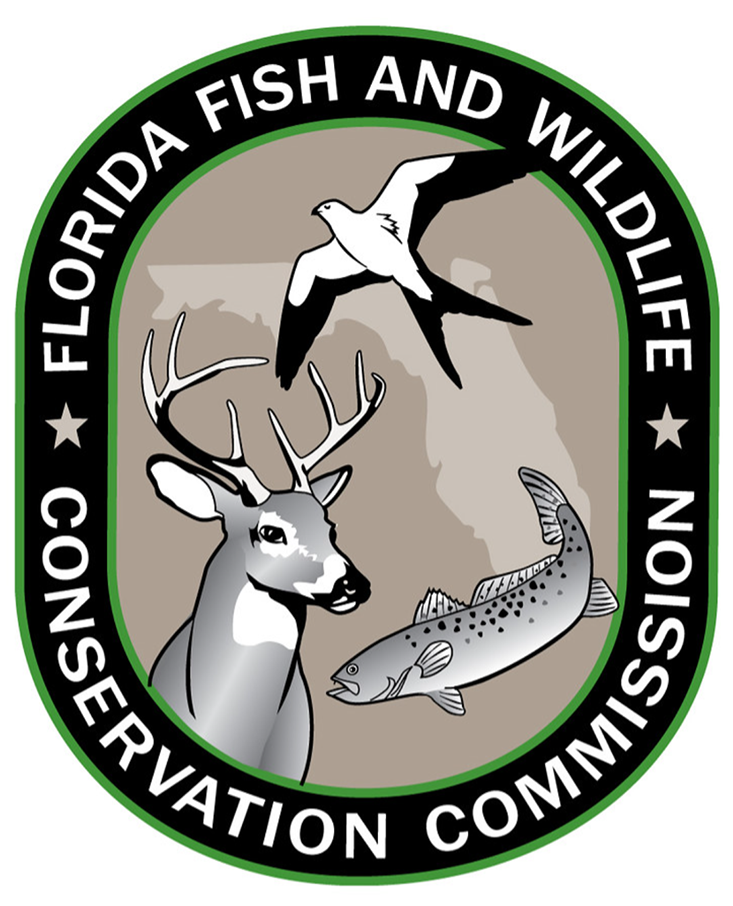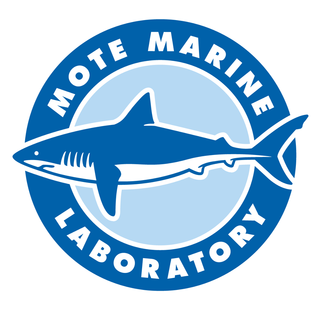Center for Red Tide Tracking and Forecasting
Research Goals
The Trace Metals Biogeochemistry Lab will assess seasonal and interannual variability of nutrients and trace metals on the West Florida Shelf, and evaluate the role of trace metals in red tides. They will accomplish this by measuring the concentrations of nitrate, phosphate, and silicic acid, along with the concentrations of Fe, Mn, Cu, Ni, Co, Cd, Zn, and Pb during routine field surveys.
The Microbiology & Genomics Lab will identify viruses associated with red tides. This will involve collecting field samples during blooms for viral metagenomics and mining of publicly available Karenia transcriptomes for viral genes.
Using autonomous underwater vehicles (gliders), the Glider Team will collect physical ocean measurements to assist researchers in understanding and predicting the formulation and evolution of red tides.
The Optical Oceanography Lab will track red tides using satellite remote sensing and conduct water sample analysis to assess red tide patterns over varying time scales.

The Ocean Circulation Lab will continue to sustain and further develop a coordinated program observing and modeling the ocean circulation in relation to red tide, and to develop red tide forecast models.
This research is made possible with funding support from the Florida Fish and Wildlife Conservation Commission (FWC Agreement No. 20035) in partnership with Mote Marine Laboratory.






